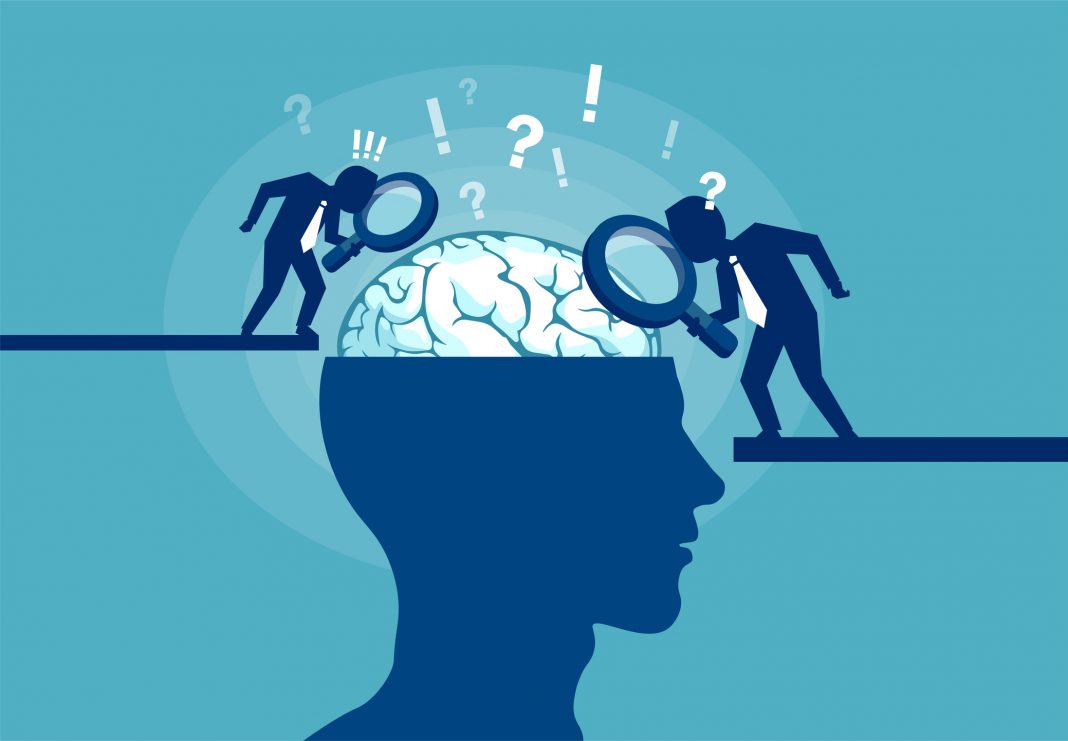Researchers at the University of Birmingham and Ludwig Maximilian University of Munich have for the first time been able to locate an internal neural compass that the human brain uses to orientate itself in space and navigate through the environment. The research identifies finely tuned head direction signals within the brain. The results are comparable to neural codes identified in rodents and have implications for understanding diseases such as Parkinson’s and Alzheimer’s diseases, where navigation and orientation are often impaired.
The findings are published in Nature Human Behavior in an article titled, “Electrophysiological signatures of veridical head direction in humans.”
Measuring neural activity in humans while they are moving is challenging as most technologies available require participants to remain as still as possible. In this study, the researchers overcame this challenge by using mobile EEG devices and motion capture.
“Keeping track of the direction you are heading in is pretty important. Even small errors in estimating where you are and which direction you are heading in can be disastrous,” said first author Benjamin J. Griffiths, PhD, a Leverhulme early career fellow at the University of Birmingham. “We know that animals such as birds, rats, and bats have neural circuitry that keeps them on track, but we know surprisingly little about how the human brain manages this out and about in the real world.”
A group of 52 healthy participants took part in a series of motion-tracking experiments while their brain activity was recorded via scalp EEG. These enabled the researchers to monitor brain signals from the participants as they moved their heads to orientate themselves to cues on different computer monitors.
In a separate study, the researchers monitored signals from 10 participants who were already undergoing intracranial electrode monitoring for conditions such as epilepsy.
Griffiths added: “Isolating these signals enables us to really focus on how the brain processes navigational information and how these signals work alongside other cues such as visual landmarks. Our approach has opened up new avenues for exploring these features, with implications for research into neurodegenerative diseases and even for improving navigational technologies in robotics and AI.”
The researchers plan to apply their learning to investigate how the brain navigates through time, to find out if similar neuronal activity is responsible for memory.



